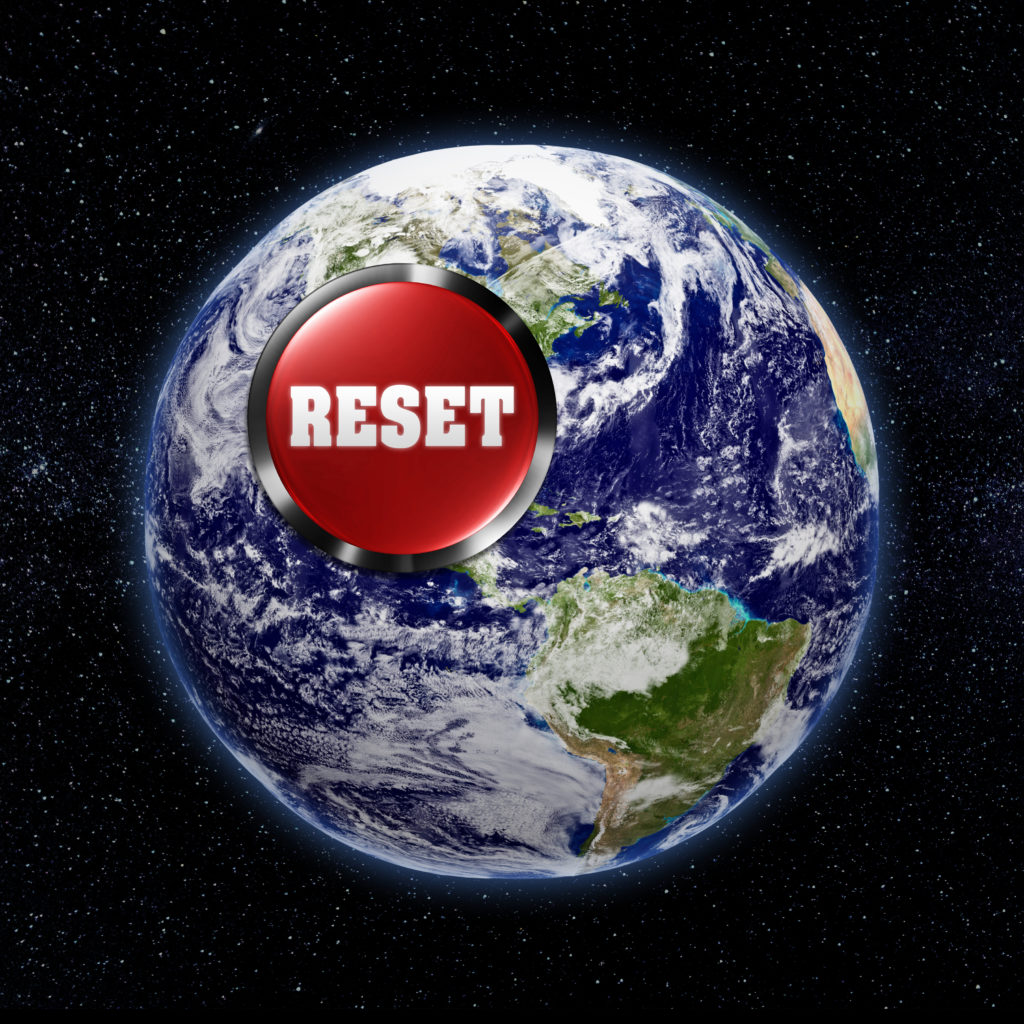COP 26 was an event that was welcomed globally with great anticipation.
But did it measure up and what was actually achieved?
Setting The Scene
Held in Glasgow from the 31st of October through to the 12th of November and held six years after the last United Nations Climate Conference in Paris, the 26th summit was believed by many to be the best, but last chance to get runaway climate change under control.
At the outset of the summit, the following over-riding goals were set out to the 197 countries (and some 25,000 delegates) in attendance:
1. Secure global net zero by mid-century and keep 1.5 degrees within reach.
(Countries were asked to come forward with ambitious 2030 emissions reductions targets that align with reaching net zero by the middle of the century.)
2. Adapt to protect communities and natural habitats.
3. Mobilise finance.
4. Work together to deliver on necessary changes.
A further key objective was to finalise the Paris Rulebook (the detailed rules that make the Paris Agreement operational).

Outcomes – A Brief Summary
And so, amongst great expectations and an over-riding sense of urgency, what were the outcomes?
> The 197 countries present DID agree to a pact (dubbed the Glasgow Climate Pact), with the summit running into extra time.
> Countries committed themselves to further accelerating their decarbonisation plans and, specifically, to strengthening their emissions-reduction targets for 2030 by 2022, rather than in 2025 as per the five-year schedule set out under the Paris agreement.
> Developed countries were “urged” to increase funding for adaptation in developing countries. Climate finance remains critical to a climate transition, but developed nations admitted that they would not meet the $100 billion goal set until 2023.
> Rules to create a framework for a global carbon market were approved, settling a problem that had plagued negotiators since 2015. (At the same time, work remains to put in place strong measures that ensure the environmental and social integrity of these markets.)
> The need to reduce global greenhouse-gas emissions by an enormous 45% by 2030 was formally recognised.
> For the first time, there was an explicit call to phase down (though not phase out) coal and fossil fuel subsidies.
However, the critical requirement to ensure a 1.5 degree pathway was not reached in Glasgow, with current estimations and analysis suggesting we are looking at anything from a 1.8 to 2.4 degree pathway.

For a great and accessible summary, watch The Economist’s take on the outcome of COP26 here.
The Law Society has also published an excellent analysis on the wins and the losses from the summit. Read their thoughts here.
What Next?
Although COP 26 failed to deliver specifically the action and commitments needed to reach the targets set out in the Paris Agreement, the summit did raise the global ambition on climate action. However, time is fast running out and the necessity to keep warming below 1.5 is crucial to sustaining our planet and its resources.
COP27 will be held in Egypt in 2022, with all eyes and ears watching and waiting to see what further steps can, and will, be taken to avert our climate emergency.